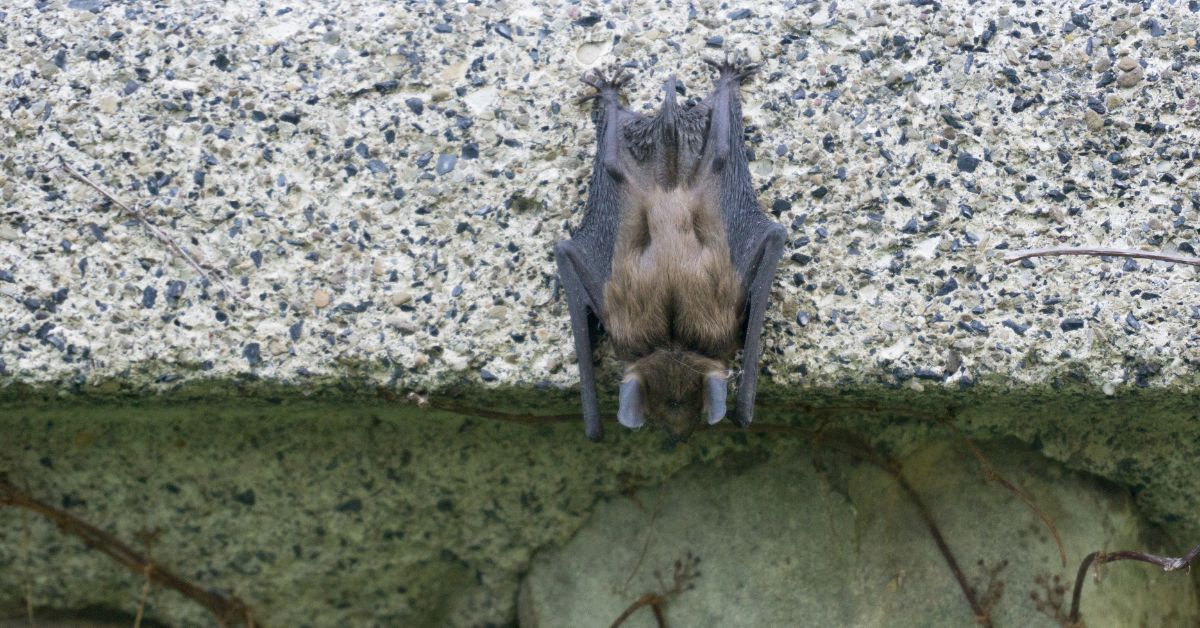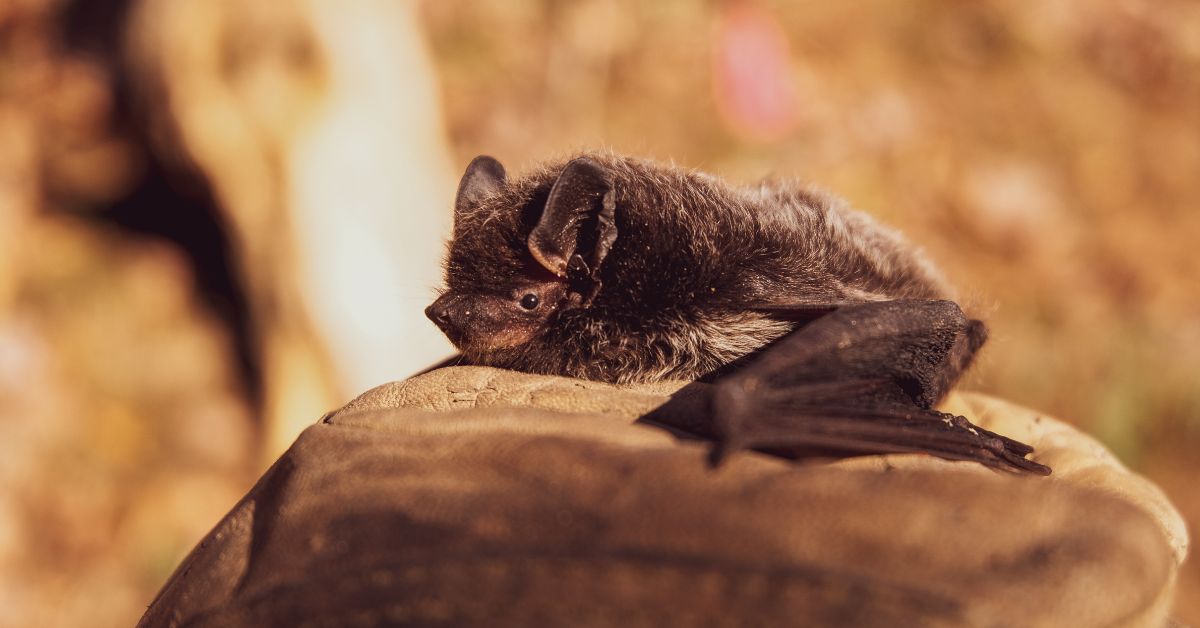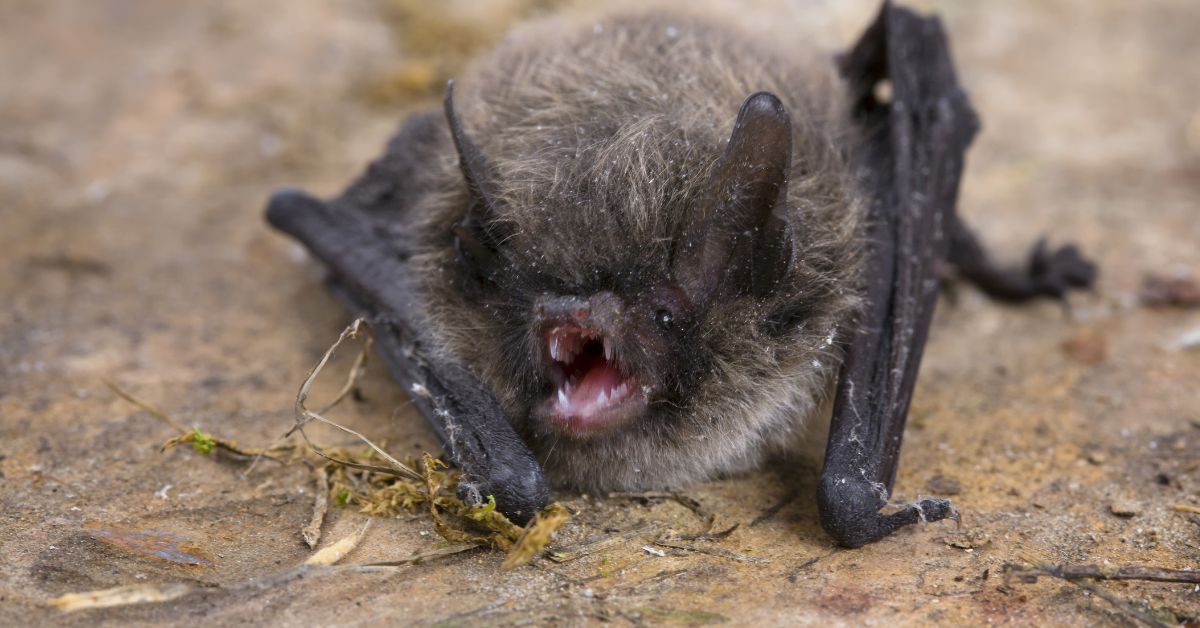The little brown bat (Myotis lucifugus) is one of the most captivating and slippery animals in the world of natural life. In spite of its little estimate, this bat plays a significant part in our biological systems, and its behavior and adjustments are nothing brief of surprising. This comprehensive direct will dig into the intriguing world of the small brown bat, revealing bewildering truths and covered up ponders that will fascinate any natural life devotee. Whether you’re a bat aficionado or essentially inquisitive around this minor warm blooded animal, plan to be flabbergasted by what lies ahead.
Introduction to the Little Brown Bat

What Is the Little Brown Bat?
The Little brown bat is a species of vesper bat local to North America. It is known for its little estimate, with a wingspan of around 8 to 10 inches and a body length of around 2 to 4 inches. In spite of its estimate, the small brown bat is a imperative portion of its biological system, contributing essentially to creepy crawly populace control and acting as prey for bigger predators.
Physical Characteristics
The Little brown bat has a unmistakable appearance characterized by its brown hide, which can extend from light tan to dim brown. Its wings are long and slim, permitting for dexterous flight. Its little estimate and agile wings make it an proficient creepy crawly seeker, able to capture minor prey in mid-air.
The Life Cycle of the Little Brown Bat

Reproduction and Birth
Little brown bats breed once a year, regularly in the summer months. Females grant birth to a single pup after a development period of almost 50 to 60 days. The infant bat is minor, weighing as it were a few grams. It clings to its mother and depends on her for warmth and nourishment.
Growth and Development
The development rate of a Little brown bat is fast. By the time the pup is around three weeks ancient, it is able of flying brief separations. This early advancement is significant for survival, as it permits the youthful bat to start scavenging for food.
Habitat and Distribution
Preferred Habitats
The Little brown bat is exceedingly versatile and can be found in a assortment of environments, counting woodlands, forests, and urban zones. It lean towards zones with copious creepy crawlies, as these frame the bulk of its slim down. Amid the day, the small brown bat perches in dull, disengaged places such as caves, tree hollows, and buildings.
Migration Patterns
In colder districts, the Little brown bat relocates to sleep in hotter areas. This relocation can cover critical separations, with bats traveling from their summer perches to winter hibernacula. The movement handle is fundamental for survival, as it makes a difference the bat maintain a strategic distance from unforgiving winter conditions.
Behavior and Diet

Feeding Habits
The Little brown bat is an insectivorous species, essentially bolstering on little creepy crawlies like mosquitoes, moths, and insects. Utilizing echolocation, it emanates high-frequency sounds to find and capture prey. This strategy of chasing is exceedingly compelling, permitting the bat to capture creepy crawlies indeed in total darkness.
Echolocation and Communication
Echolocation is a key adjustment for the Little brown bat. It includes radiating sound waves that bounce off objects and return to the bat’s ears. This prepare permits the bat to explore and find prey with mind blowing accuracy. Also, small brown bats utilize different vocalizations to communicate with each other, especially amid mating and social interactions.
The Biological Significance of Little Brown Bats

Pest Control
One of the most noteworthy environmental parts of the small brown bat is its commitment to bug control. By devouring huge amounts of creepy crawlies, these bats offer assistance decrease the populace of bothers that can harm crops and spread infections. This characteristic frame of bother control benefits both farming and open health.
Pollination and Seed Dispersal
While not as well-known for these parts as a few other bat species, small brown bats can contribute to fertilization and seed dispersal. As they scavenge for creepy crawlies, they may accidentally exchange dust or seeds from one plant to another, helping in plant generation and diversity.
Conservation Status and Threats

Current Preservation Status
The small brown bat has confronted noteworthy challenges in later a long time, basically due to the annihilating impacts of White-nose Disorder (WNS). This contagious infection has caused emotional decays in bat populaces over North America. As of presently, the small brown bat is considered imperiled in numerous locales due to this disease.
Conservation Efforts
Efforts to preserve the small brown bat incorporate investigate on WNS and its impacts, living space security, and open instruction. Organizations and analysts are working to create procedures to combat the illness and ensure bat populations.
Fascinating Facts Almost the Little Brown Bat

Longest Hibernation
One of the most surprising realities approximately the small brown bat is its capacity to rest for expanded periods. In colder climates, these bats can sleep for up to six months, depending on their fat saves to survive the winter months.
Incredible Longevity
Despite their little estimate, small brown bats can live for more than a decade in the wild. This life span is amazing, considering the various dangers they confront from predators, infection, and natural changes.
Unique Echolocation Calls
The echolocation calls of the small brown bat are interesting and can be utilized to distinguish person bats. Each bat produces a marginally distinctive call, permitting analysts to ponder and track them more effectively.
How to Watch Little Brown Bats

Best Seeing Times
The best time to watch small brown bats is amid the evening and early night when they are most dynamic. Bats are by and large seen developing from their perches around sunset, and their scavenging exercises top without further ado after sunset.
Equipment for Observation
To watch small brown bats, a great match of binoculars and a bat finder can be valuable. A bat locator permits you to listen the echolocation calls of the bats, improving your perception experience.
“Little Brown Bat 101: Explore the Secrets of This Remarkable Bat Species”
FAQs
What is the count calories of the Little brown bat?
The small brown bat basically nourishes on little creepy crawlies such as mosquitoes, moths, and creepy crawlies. Its count calories plays a significant part in controlling creepy crawly populations.
How can I offer assistance ensure Little brown bats?
You can offer assistance ensure small brown bats by supporting bat preservation endeavors, maintaining a strategic distance from the utilize of pesticides, and guaranteeing that bat territories are protected and secured from destruction.
Where can I see Little brown bats in the wild?
Little brown bats can be watched in different environments, counting woodlands, forests, and urban regions. They are regularly seen developing from perches around dusk.
What is White-nose Syndrome?
White-nose Disorder is a parasitic infection that influences resting bats, causing noteworthy decreases in bat populaces. It is a major risk to the small brown bat and other bat species.
How long can Little brown bats live?
Little brown bats can live for more than a decade in the wild, in spite of the fact that their life expectancy can be essentially influenced by variables such as infection and predation.
Conclusion
The intriguing world of the Little brown bat is filled with astounding actualities and covered up ponders that highlight the exceptional adjustments and environmental centrality of this little warm blooded creature. From its special echolocation capacities to its significant part in bother control, the Little brown bat offers an cluster of captivating experiences into the normal world. In spite of the challenges postured by illnesses like White-nose Disorder, progressing preservation endeavors are significant for guaranteeing the survival of this interesting species. By understanding and increasing in value the little brown bat, we can contribute to its preservation and proceed to wonder at the covered up ponders of the characteristic world.
This comprehensive direct on “The Captivating World of the Little Brown Bat: Astounding Actualities and Covered up Ponders Anticipate!” gives an in-depth see at the life, behavior, and preservation of this surprising bat species.


